Effective measures to combat goblet rust on currants
Goblet currant rust is a fungal disease that manifests itself as characteristic symptoms. The disease responds well to early treatment. In advanced cases, productivity is lost, the frost resistance of the shrub decreases. The result may be the death of currants and the spread of infection to neighboring bushes. That is why it is important to pay attention to preventive measures to prevent the development of goblet rust.
The reasons
The appearance of goblet rust on the currants indicates that there are thickets of sedge near the site, which is a natural reserve of this type of fungus. It is on this plant that spores spend the winter, and in the spring the infection begins to spread to the planting of cultivated plants. Currants are not resistant to this type of fungus and it becomes infected very easily.
Goblet rust often infects pine and Siberian cedar - these conifers can also become a source of infection. The incubation period of the disease lasts 10 days. The spread of infection is significantly affected by the weather. The higher the temperature and humidity of the air, the faster the fungus multiplies. In dry weather, there are practically no outbreaks of the disease.
Symptoms
At first, the disease is asymptomatic on the currant - the shrub yields a crop and does not show any signs of fungal infection.
- Before winter begins, goblet rust may not show itself in any way. At this stage, the harm from the disease is not too high, although the infection has already settled on the currants.
- In the middle of summer, ripe spores are carried by the wind to the sedge growing nearby.
- With the arrival of spring, the fungus begins to actively develop, and by the beginning of summer, characteristic symptoms appear on the leaves - "rusty" spots, in the center of which small black dots are noticeable. There are specks on the upper side of the leaves.
- A little later, additional signs of infection appear. On the lower part of the leaf plates at the lesions, yellowish pads are formed, gradually acquiring the shape of a glass - hence the name of the disease.
At first, the disease develops on currant leaves and leads to their gradual withering away. If untreated, new symptoms appear:
- The fungus spreads to other parts of the bush, gradually covering it entirely.
- Infected shoots begin to bend.
- If the active stage of the disease fell on the fruiting phase, the berries take an ugly shape, do not develop.
You should not wait for such sad consequences, it is better to start treating rust as early as possible, especially since it has characteristic manifestations that are difficult to miss.
Currant treatment with fungicides
When goblet rust appears on the currants, spraying is indispensable, but first it is necessary to cut off the affected parts of the shoots and destroy them by burning.
So that in the current season the fungus does not hit the shrub, the treatment is carried out three times:
- at the stage of blooming of the first leaves;
- during the formation of buds;
- during active flowering.
Control measures should not be limited to a single treatment. After 10-15 days, it is necessary to re-spray. Copper-based fungicides have a good effect in the fight against goblet rust.
You can use Bordeaux liquid, for the preparation of which 100 g of copper sulfate and 150 g of quicklime are added to 10 liters of water. You need to prepare the composition in a glass or plastic container.
Some summer residents use a solution for processing, consisting of 10 liters of water and 2 tbsp. spoons of 95 percent copper oxychloride.
In addition, the following drugs have proven themselves well in the fight against fungus:
- "Oxyhom". Systemic contact fungicide based on copper oxychloride. Provides protection for up to 3 weeks. It inhibits the activity of the fungus at all stages of development. Not suitable for mixing with other chemicals. The working solution is prepared from 50 grams of powder per 10 liters of water.
- Stroby. A modern remedy based on kresomsim-methyl for combating fungal diseases. Forms a protective film on plant tissues. The drug can be used for the prevention and treatment of goblet rust. Provides protection for up to 2 weeks. Fungicide is consumed in the amount of 5 g per 10 liters of water. The interval between treatments is 10 days.
- "Topaz". Penconazole-based fungicide that prevents the germination of fungal spores. Possesses good absorbency and fast response. It can be used in any weather. The solution is prepared from 4 ml of the drug per 10 l of water.
- "Ordan". Antifungal agent for the treatment and prevention of rust. It is based on two active ingredients - copper oxychloride and cymoxanil. Prepare a solution of 25 g of fungicide per 10 l of water. The fungicide is preliminarily diluted in a small amount of liquid.
- "Forecast". New antifungal agent with protective, therapeutic and prophylactic properties. Possesses a wide spectrum of action. The active ingredient (propiconazole) blocks the cell synthesis of the rust pathogen. The protective effect lasts up to 2 weeks. The consumption of the drug is 10 ml per 10 liters of water.
- "Drink Plus". It is produced in the form of a propiconazole-based emulsion concentrate. Provides protection against rust for 4-5 weeks. The protective effect decreases in cool, wet weather. Before use, 10 ml of the drug is diluted in 10 liters of water. It is used for spraying before flowering and after picking berries.
It is recommended to spray the bushes in the evening. Chemicals are used for severe contamination. It is necessary to prepare solutions in rubber gloves, and when spraying, use other personal protective equipment: a respirator, goggles, long-sleeved clothing.
Folk remedies
If there are few manifestations of goblet rust on currants, you can fight the fungus with folk remedies. To spray the bushes, use a composition prepared according to one of the following recipes:
- Soda solution. To prepare the composition, you will need 2 tbsp. tablespoons of soda ash, 3 tbsp. spoons of liquid soap, 5 liters of hot water. The components are mixed until complete dissolution. The resulting composition is abundantly irrigated with a currant bush.
- Kefir or whey. The fermented milk product is dissolved in warm water in a ratio of 1:10. The resulting solution is sprayed with currant shoots.
- Garlic infusion. Take 2 cups of garlic cloves, chop and pour 6 liters of hot water. The product should be infused for 3 days, then it is filtered and used for application to the leaves.
- Infusion of tobacco. For 5 liters of water, 2 glasses of tobacco dust are consumed. The infusion should be prepared within 3 days. After that, the composition is filtered and used for spraying.
Treatment with folk remedies must be repeated 2-3 times with a break of a week or a little more. The advantages of these solutions and infusions are in their environmental safety. They are suitable for processing even during the fruiting period. The disadvantage of folk remedies can be considered a slow and unstable effect - you should not count on an immediate result.
Prevention
To protect the shrub from fungal disease, it is necessary to systematically carry out preventive measures aimed at creating conditions unfavorable for the development of infection.
Standard preventive measures:
- autumn cleaning of the territory adjacent to the bushes with subsequent burning of plant waste;
- digging up the soil before wintering;
- regular pruning of sick and weak shoots;
- removal of branches that have reached 5 years of age, with the obligatory disinfection of the sections;
- regular weeding in the root zone and loosening of the soil;
- top dressing with the use of phosphorus-potassium fertilizers;
- spring watering currants with boiling water until the buds bloom;
- selection of disease resistant varieties.
Preventive measures also include regular examination of the bushes in order to detect symptoms of the disease, so that treatment can be started when the first signs of infection appear. We must not forget about preventive spraying with suitable fungicides.
So, an integrated approach will help to get rid of glassy rust on currant bushes. If there is no fungus on the site, it should be understood that it can appear at any time, so preventive measures will be useful. It is imperative to fight fungal infections - only in this case it will be possible to get a full harvest of large and tasty berries.
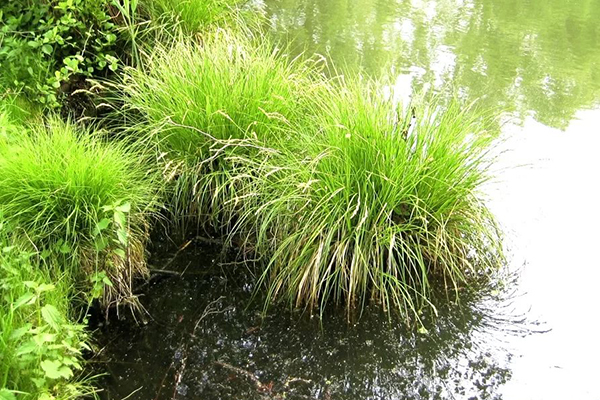
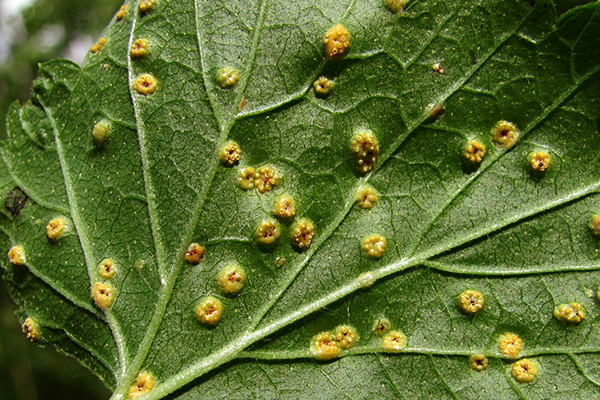
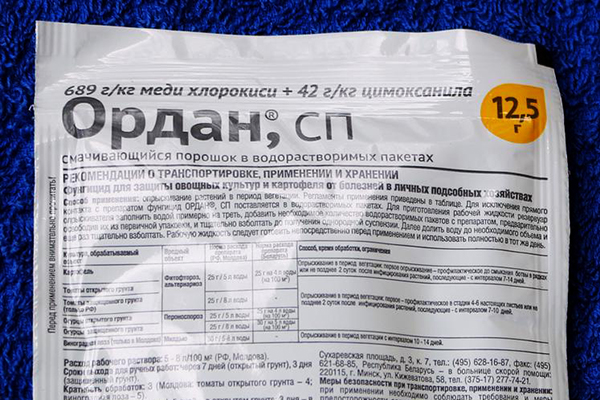
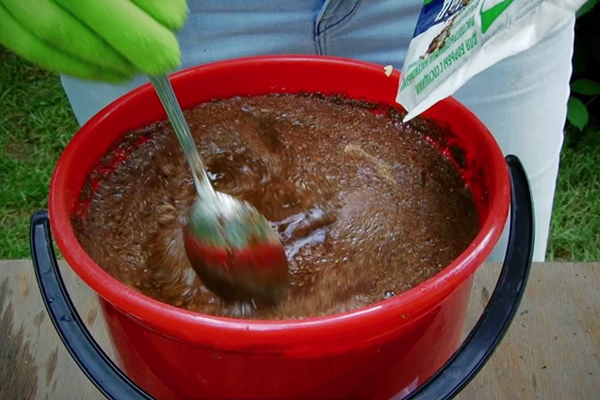
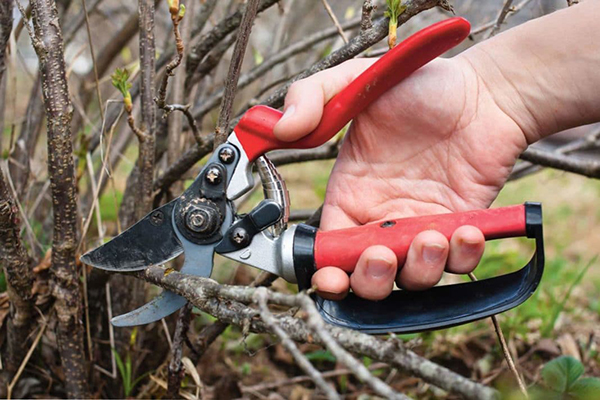
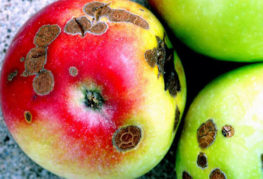
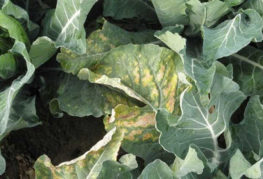
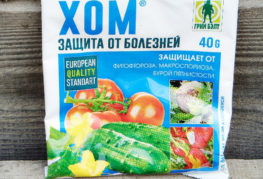
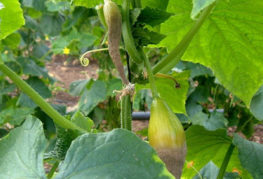
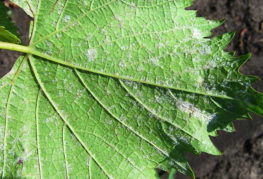
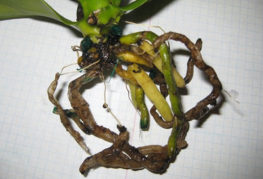
and will be published shortly.